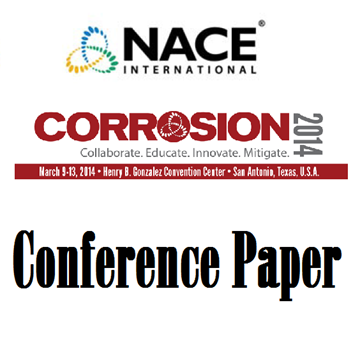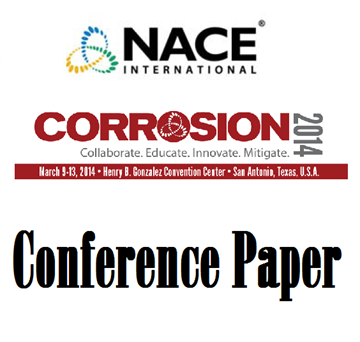Search
51314-4477-Microbially Influenced Corrosion
Also Purchased
Failure Analysis of Reactor Effluent Air Cooler (REAC) in a Hydrocracker Unit
Product Number:
51314-3730-SG
ISBN:
3730 2014 CP
Publication Date:
2014
$0.00
Corrosion of Carbon Steel and Alloys in Ammonium Chloride Salt
Product Number:
51314-4007-SG
ISBN:
4007 2014 CP
Publication Date:
2014
$20.00
51314-4459-Advances in Materials and Corrosion Control in Fossil and Alternative Fuel Combustion and Conversion
Product Number:
51314-4459-SG
ISBN:
4459 2014 CP
Publication Date:
2014
$20.00
Recently viewed




